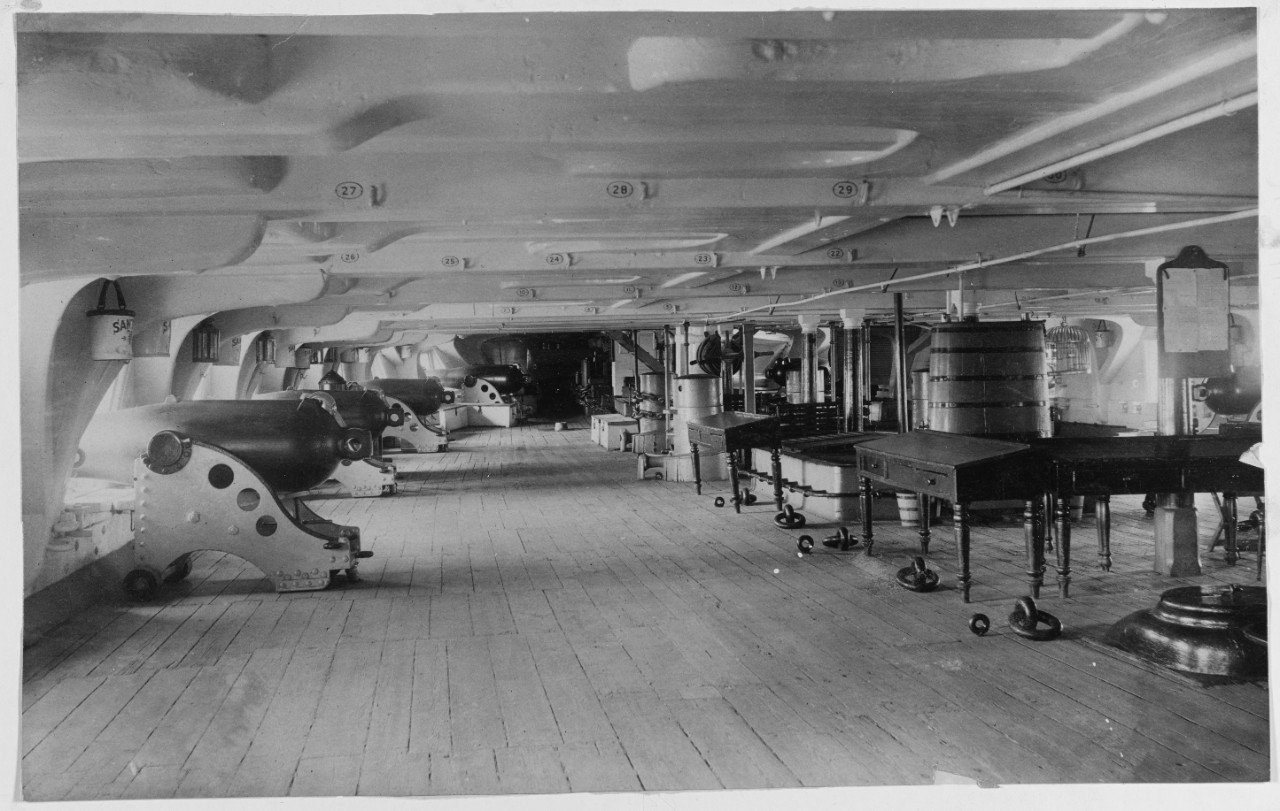
Santee1821: Naval Artifacts and Artillery
Why take photos of old cannons?
These cannons almost all have a story to tell. Really, they often have several stories to tell: of technology, people, ships, history, and remembrance.
Part of the story is about changing technology. At the beginning of the 19th Century Naval and Seacoast Artillery were refinements of technology that would have been recognizable to sailors and soldiers for much of the previous three centuries: muzzleloading smoothbore guns, cast in solid iron or bronze, generally firing sold, round balls with limited range and accuracy.
Over the next 100 years developments were rapid: exploding projectiles, rifled barrels, new methods and materials of construction, and enormous increases in size, range, and power.
Naval and seacoast cannon from this era have been preserved and displayed in large numbers. Some cannon are displayed at historic sites. Others may be found at monuments or in public spaces. Some are well interpreted by signs. Others sit almost anonymous. Some are very well cared for. Others sit rusting with peeling paint. Some are quietly ignored. A few are garishly painted in local celebrations, and - especially in the last century - more than a few were surreptitiously packed with fireworks or other explosives and “fired” at night by unknown cannoneers.
Part of the story these cannons tell is about ships and the people who served upon them. When crew members were photographed aboard ship, they often posed beside the ship’s cannons. They lived and worked around the ship’s cannons - sometimes literally hanging their hammocks above them and eating between them. Some were, occasionally, participants in and tools of battle with all the accompanying human tragedy. Much more often they were large silent companions requiring regular and heavy work to maintain.
Cannons are often among the only large artifacts to survive from many ships of the period. Of the hundreds of ships which served the 19th Century United States Navy, only three survive fully intact. But cannons from many other ships have been preserved or in quite a few cases recovered. Many cannons can be connected to specific ships and even specific events. They are witnesses to history and monuments to the sailors, marines, and soldiers who served around them.
And then there is the story that they tell of how historical events are remembered and sometimes not remembered. Some cannons were intentionally preserved due to their historical significance or chosen for display because they were similar to types used at a specific event being remembered. Many others were taken from stocks of whatever was available and placed on display at the end of the 19th Century as the US Government discarded obsolete ordnance from the Civil War era. Sometimes the cannon preserved had very little to do with the monument beside which they were placed - which are stories of their own.
Many cannons - including a few highly significant ones - were scrapped during the World Wars. Some survived because they were overlooked. Some survived because it was too much trouble to remove them. Others have been recovered: from navy yards where they were half buried and used as bollards and from shipwrecks that have been discovered over the last century.
While shipwrecks sometimes yield many artifacts of daily life, those artifacts, at best, sit behind glass in museum galleries - fragile from their years underwater. After preservation, cannons are anything but fragile. Cannons are often artifacts which can be touched. Indeed, I grew up regularly climbing upon what is arguably one of the most historically significant United States Navy cannons of the Civil War.
This website is a project to tell those stories of technology, people, ships, history, and remembrance. While the focus is upon cannons, I also cover other artifacts and exhibits about naval history.
I am an amateur history enthusiast with a camera. I am learning as I go along. While I try to get my details accurate, I am very open to making corrections. Reach out and start a conversation.
Contributions of Photographs and Documents to this website are most welcome. Unless otherwise stated, photographs were taken by the author. The source of public domain photos will be identified when possible.
My focus is upon the United States Navy, and I try to tell these stories from the perspective of the United States Navy. US Army ordnance and artillery from other nations will be covered for comparative purposes. The Confederate design, manufacture, and use of artillery is covered to show what the United States Navy was up against. My deepest gratitude is to the sailors, marines, and soldiers of the United States for their sacrifice that led to the preservation of the Union and the abolition of slavery.
Notes:
Everything on this website is for historic and entertainment purposes only. Individuals seeking information on firing antique artillery and reproductions of antique artillery should seek up to date information and training from qualified experts in the field. Cannons are dangerous, and great care should be taken in their operation.
This website is non-commercial. There isn’t really a market for cannon photos or information about cannons, but I do not intend to try to monetize this site.
Photo reuse: Some posts contain photos taken by others. Such photos are used with permission and remain the property of those who took them. Other photos are historic and/or public domain photos whose source is identified. If you wish to use any photos taken by me, please reach out to santee1821@gmail.com